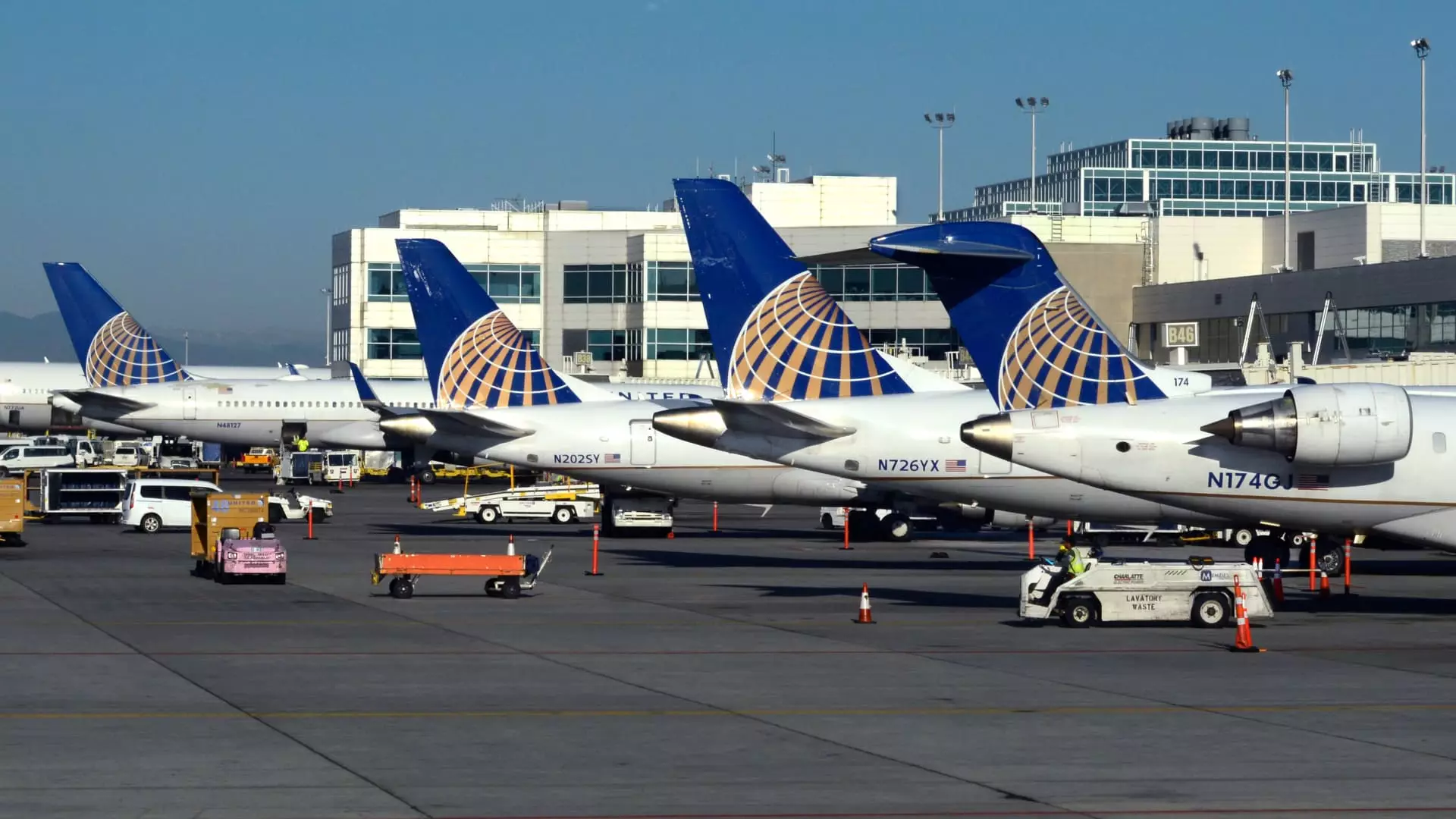United Airlines has recently made headlines with its decision to raise fees for annual airport lounge membership and its co-branded rewards credit cards. This announcement begs a critical analysis of the prevailing mindset within the aviation industry, where customer loyalty is too often used as a bargaining chip. Richard Nunn, the chief executive of United’s MileagePlus loyalty program, insists that the increased fees come with value additions that outweigh the costs. However, this claim seems more like a sales pitch than a genuine commitment to customer satisfaction. The reality is that increasing fees under the guise of enhanced benefits tests the patience of consumers who are already feeling the pinch.
Consumer Fatigue in Airline Perks
Airlines like United are increasingly digging deeper into consumers’ pockets, hollowing out what used to be complimentary perks in favor of dubious new fees. The relentless push for maximizing profits has led to a situation where what was once standard is now a premium service available only to those willing to pay the price. This paradigm shift raises several questions: are these increased costs truly justified? Are they reflective of improvements in service, or merely a strategy to capitalize on the perceived value of loyalty? Each year brings fresh evidence of how the airline industry prioritizes their bottom lines over consumer satisfaction. As consumer fatigue mounts, these strategies may ultimately backfire.
A Crowded Market and the Battle for Exclusivity
The surge in premium credit card holders and elite status travelers has led to overcrowded airport lounges, prompting airlines to tighten entry restrictions and up fees. This competitive landscape pits customers against one another, creating a toxic environment where exclusivity is sold at an ever-increasing price. United’s increase in lounge fees reflects a broader trend where the sacred havens of air travel are leased to the highest bidder, leaving behind those who simply want a moment of peace before their flights. This exclusive approach could alienate potential customers and generate backlashes that United cannot afford, especially in an era where flying has become synonymous with discomfort and frustration.
The Financial Windfall and its Consequences
United’s impressive $3.49 billion revenue from “other” sources last year, much of which came from loyalty programs, highlights the unnatural reliance airlines have developed on consumer complacency. Yet, relying on a loyal customer base becomes a double-edged sword. While these “loyalty” programs may appear lucrative on the surface, they create an unsustainable dependency on the assumption that customers will continually accept diminishing returns in exchange for shiny offerings. The notion that customers will continue to shell out their hard-earned money for a taste of luxury is naive at best. The truth is that loyalty is fragile; once it breaks, regaining consumer trust can prove far more costly.
Next Steps for Consumers
For consumers, the question now is whether to adapt to these changes or stand firm against exploitative pricing strategies. The choice is not only about the financial cost but also about the value placed on loyalty and what consumers are willing to accept in silence. With the industry moving toward a calculation of worth purely in monetary terms, it becomes crucial for consumers to weigh their options. Rejecting these changes could send ripples through the industry. Perhaps it’s time for a reckoning, reflecting a fundamental shift in expectations about what loyalty should look like in an increasingly profit-driven market.

